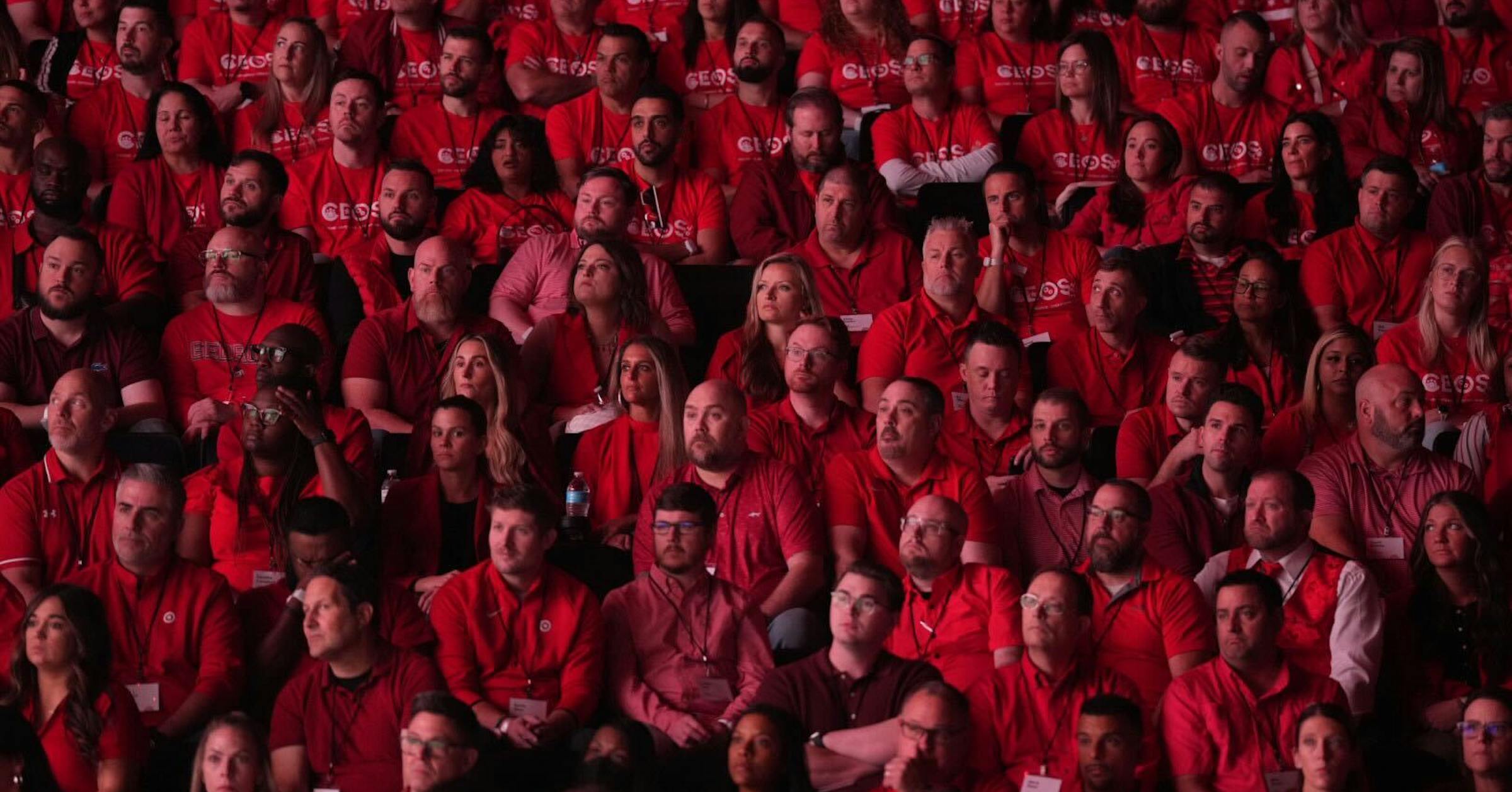Copyright Star Tribune

Then in June, some workers said the rollout of a return-to-office mandate — first for select teams, then for Target’s largest division — was mishandled. Taken together, former and current employees said they weren’t surprised that Tuesday’s layoff process also ran into problems. Analysts say the layoffs, which come just months before Fiddelke takes over in February, underscore the company’s growing pains and shifting priorities. “Target has some cover here. UPS, Amazon and others have already laid off large numbers of workers,” wrote Carol Spieckerman, a retail consultant and owner of Spieckerman Retail, in emailed comments. “But for Fiddelke to make this his first major move before he even officially starts? That’s either bold or tone-deaf, depending on how it plays out.” Related Coverage Target incoming CEO Michael Fiddelke, now chief operating officer, speaks during Target Together, an annual meeting of Target managers from around the country, at Target Center in Minneapolis on Sept. 9. (Alex Kormann/The Minnesota Star Tribune) Other Target workers described a shift accelerated by the recent return-to-office ultimatums, which require employees to relocate to Minneapolis or be considered to have “voluntarily resigned.” “It didn’t matter that many of us had worked remotely successfully for years,” said a former corporate employee, who like other workers worried about retribution. “Loyalty and performance no longer mattered. What they called a return to office was, for many, a quiet and calculated purge of loyal workers.” Some Target teams began returning to regular in-office days in June, the same month an internal survey showed mounting frustration with corporate leadership and uncertainty about the retailer’s direction, according to the Wall Street Journal. Since the CEO announcement, he has emphasized the need to reassert the retailer’s style and design authority and said the cuts are meant to make the company more efficient. Many of the cuts announced Tuesday affected workers in the merchandising department, according to the list of disclosed positions filed by Target with the Minnesota Department of Employment and Economic Development. That prompted many to question why the retailer pushed employees to return to the office — disrupting routines and adding expenses such as increased child care — only to lay them off a few months later. The slashes could appease investors after a more than 30% stock decline this year, as evidenced by a slight bump in Target’s share price, wrote Neil Saunders, managing director of GlobalData Retail, in emailed comments. But the move also risks deepening morale issues at a company once lauded for its corporate culture, frustrations that many say were only amplified by Tuesday’s chaotic layoff rollout. “While these things can happen to any company, it does all add to the sense that Target is very scrappily run,” Saunders wrote. Several employees said the layoffs and leadership shake-up reflect a broader shift away from the creativity and inclusion that once defined the retailer.



